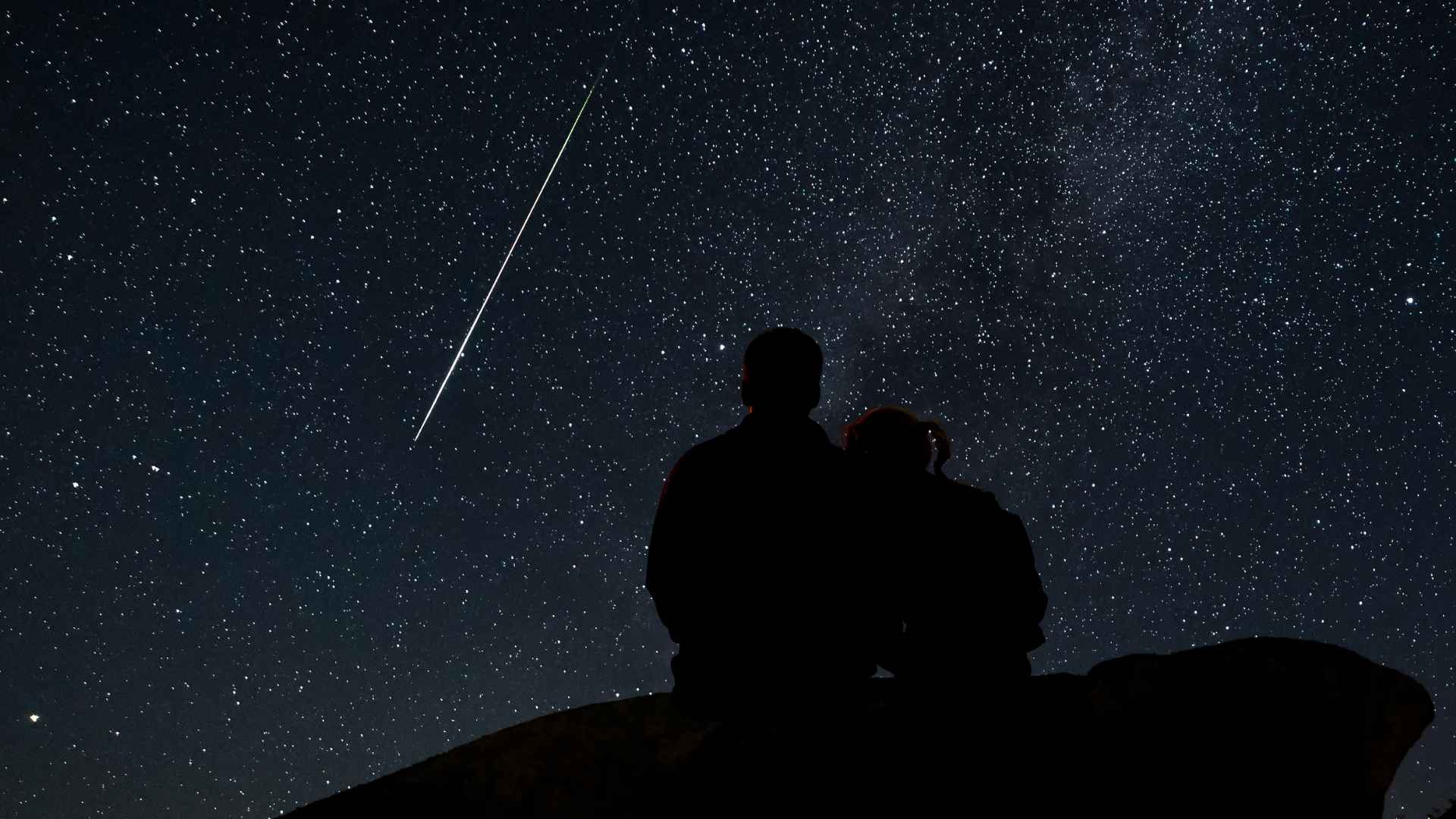No telescope required—just your eyes, a dark spot, and clear skies. Peak viewing arrives mid-August, with shooting stars streaking by the dozens.
The year’s most anticipated meteor show is underway, and skywatchers across the United States can look forward to as many as 100 meteors per hour at peak. Who should head out? Families, night-shift workers, insomniacs—anyone eager for a free celestial performance. The brightest nights arrive August 12 and 13, with the best action after midnight when the sky is deepest.
How to choose the best dark-sky viewing location with minimal light pollution
Pick an open area away from buildings and streetlights—think parks, fields, or wide beaches. Check a light pollution map before you go to confirm the darkest nearby spot. Once you’re there, use a red flashlight; white beams can wreck night vision and cut your meteor count.
| Item | Details |
|---|---|
| Peak nights | August 12–13 |
| Best hours | After midnight until pre-dawn |
| Where to face | Toward Perseus, near Cassiopeia’s “W” |
| Helpful gear | Blanket or chair, snacks, red flashlight |
| Ideal sky | Dark, clear, unobstructed horizon |
A simple plan helps: arrive early, get comfortable, and look up with patience. Ready to make a wish?
The exact nights and best hours to catch up to 100 meteors: Where to look in the sky:
The Perseids sprinkle the sky throughout August, but the shower truly shines on the nights of August 12 and 13. After midnight, the sky is darker and the radiant climbs higher, boosting visible streaks. Dress warmly, bring water, and give your eyes time to adjust.
Meteors appear to radiate from Perseus. To find it, first spot Cassiopeia—five stars forming a distinctive “W.” Look just below and nearby: that’s the region where many streaks seem to originate. Don’t stare at one point; scan a wide swath of sky for the best results.
Below, a family-friendly tips, safety reminders, and comfort gear for long sessions: Make it a family night under the stars. Pack blankets, sleeping bags, and easy snacks. Download star map apps such as Stellarium or Sky Map, which offer red-light modes that preserve dark adaptation. Keep phones dim, secure your spot, and enjoy the show together. Taking the kids along? Turn it into a constellation scavenger hunt.
What are the Perseids and why they light August skies annually? Perseids are tiny fragments from Comet Swift–Tuttle that burn up high in Earth’s atmosphere, tracing quick, bright paths we call “shooting stars.” They’re also known as the “Tears of Saint Lawrence,” a tradition that stretches back centuries. No wonder August nights feel a bit more magical.

